Video Menu
My Favorite Videos
My Favorite Videos
Master the Golf Transition
Sorry, you need to be a RotarySwing Academy member to access this video.

Show of hands, how many of you struggle with the transition? Well, no more after working through this sequence of movements. Do this program for 30 days and your transition will be as good as any golfer in the world. The trick is the sequence in which you practice the movements and where your focus lies. This program is about making you focus on the movements that really matter like weight shift and core rotation, so you stop worrying about that darn club and little white devil!
The transition is a make or break move for all golfers.
If your transition is off, it doesn't matter how pretty of a backswing you made, nothing is going to work in sequence in your swing.
And that's why the RST five-step stuff starts with weight shift and core rotation.
That's what we're going to talk about today, but we're going to do it specific to the transition.
We're going to start out without a club, and then we're going to start working our bodies into getting the club back in there.
And once the body movements are correct, these are drills that you can do anytime, anywhere.
So if you really struggle with your transition, I want you to work this drill all the time so that you can make this transition move just second nature for you, because it's really not that difficult.
It's difficult as you start stacking more pieces on, but the pieces we're going to start with today, it's going to feel really simple.
And then we're going to start adding pieces to it as this video goes on.
And make it more challenging, and make it more in the context of how you make a normal golf swing.
So at first, absolutely no golf club.
We don't need it.
We want our arms across our chest.
We're going to focus just on doing the transition.
And I'm going to show you and walk you through the key things that I'm feeling and thinking about as I'm making these moves.
So right now, we're going to not worry about the backswing.
I'm going to assume you have this stuff pretty well dialed in at this point.
And we're just making that initial shift.
As I'm doing this from down the line, I want you to watch a couple things.
Notice my left knee flex.
It doesn't straighten up right away.
I'm actually increasing my knee flex.
I'm actually sitting down into my left side.
And from down the line, I'm exaggerating this slightly, but it's a little bit of increase of knee flex.
This helps load that leg.
So what I want you to feel first is kind of sitting into that left leg during the transition.
So this first move back and just kind of sitting into it, I'm just moving this hip over and letting weight start to transfer.
And by letting this knee bend, it helps me shift more weight and take weight off the right side.
So this is the little baby squat move.
And as I get a little more comfortable with just increasing the knee flex in the left side, I'm starting to feel my left glute, quad, hamstring, everything here is starting to work.
So this is the first little key, just getting the feeling of shifting over.
And as I do that, now I'm going to combine it with a little bit of rotation.
So now both knees are squatting slightly.
At first, I just want you to feel the left side, feel these muscles activate.
And then once you get comfortable with that, as I'm doing that, this is technically a closed hip slide, right?
My hips aren't rotating at all right now.
I'm just feeling weight transfer.
And then I'm going to let my hips turn.
And as I do that, you'll notice both knees flex slightly.
This is just pushing force leverage into the ground that I'm using from both legs now and helping shift my weight and rotate my hips back.
This is the whole first key to that weight, the transition, getting to the left side and beginning the hip, the rotation.
Technically, these are happening simultaneously.
So as you're increasing the knee flex and sitting into this left side, the goal is to get to the point where you're doing that while turning your hips back to square.
That's our first step.
Left knee, right knee, hips are pretty close to square.
From there, all I need to do is post up.
Now that's more in the impact stuff.
So we're not going to focus on that too much.
We're just trying to dial in just the transition.
So we're trying to get left knee, right knee, post up.
From face on, as I come through, this left hip should be over the left ankle.
When you're looking in the mirror, that's what I want you to be paying attention to.
This pants seam going right through the center of my hip, knee and ankle and the right foot staying down.
As I'm posting up, that's what gets that knee flex out of there and pushes your hip back out of the way so that you're now posted up to be able to release the club.
From the transition stuff, this is all the lower body needs to do.
So then how do we get the club?
What does it need to do during that time?
Well, as I go back, I'm doing just the left knee first, right?
So I'm just doing this little baby step.
Look what's happening to my hands.
Technically, yes, I'm still doing a closed hip slide.
We don't want to do a closed hip slide in the real swing, but you're just focusing on feeling weight transfer and movement from your lower body, not from anything up here.
Not moving my arms or hands at all, but they're being moved by that little left knee move, left hip move.
And then as I add the right leg into it, put both in there, look how far my hands are down.
From here, all I got to do is post up and release, but that's in another video.
So for here, just that transition move, this is getting the club to drop down in the slot, shallow out and get in position.
But again, the only thing you're focusing on is trunk movement.
You get lost with this or the club starts coming over the top or anything.
When you're doing these drills, take the club out, go back to left knee.
As I'm doing this, I'm really trying to keep my shoulders pointing back at the mirror behind me because I don't want to start opening up my shoulders.
That leads to all the problems that most amateur golfers have.
So I'm trying to really keep my shoulders shut.
The only thing that's turning them is my hip rotation.
So now if I get that feeling back in there, I can go back to the club again, not doing anything with the golf club.
I'm just shifting and getting my weight posted up a little squat move.
And then that's, what's going to bring me down into impact.
That's the whole key to the transition.
If you can do nothing with your upper body, feel this little weight shift, a little bit of rotation.
Your transition is going to bring the club down on plane.
It's going to shallow it out for you and get you into a great impact position.








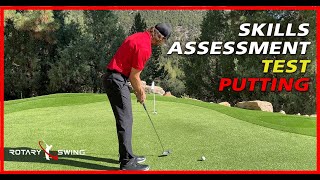


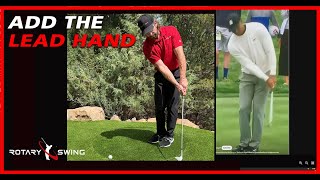


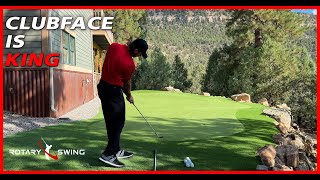








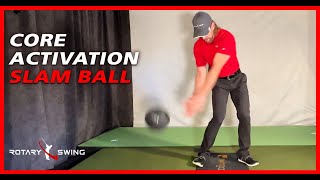





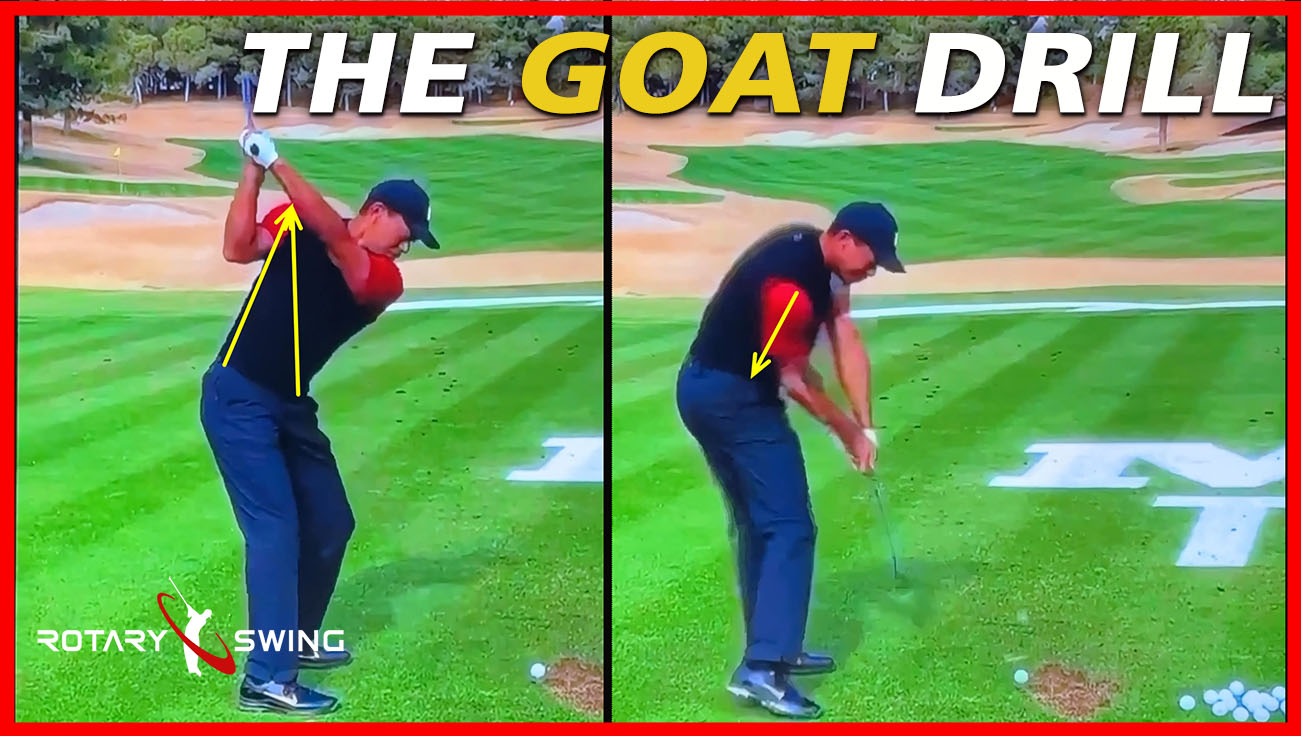


















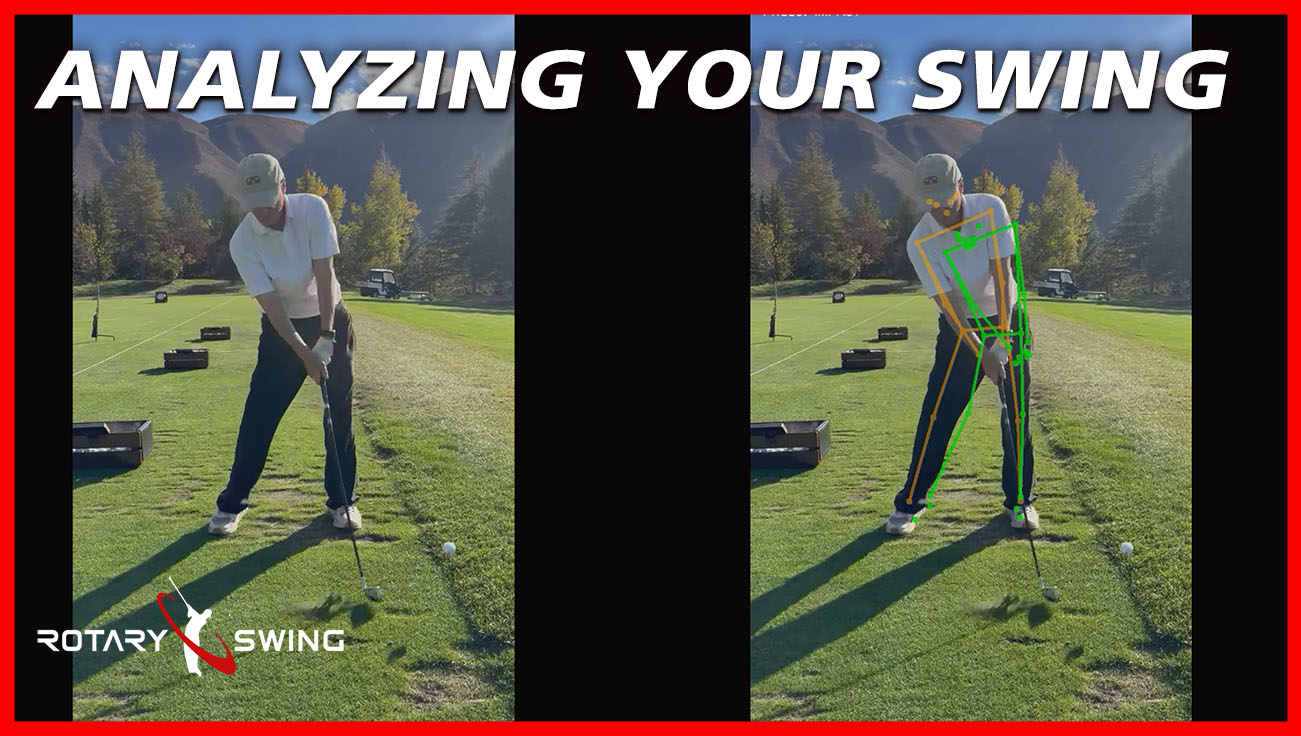








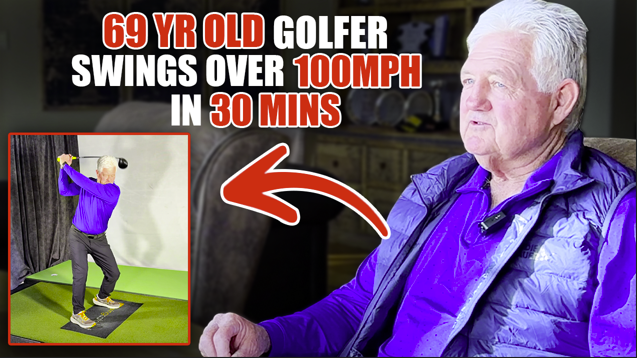
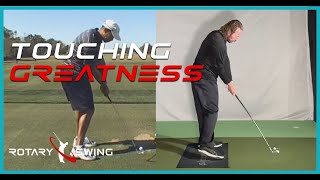

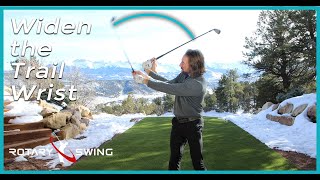



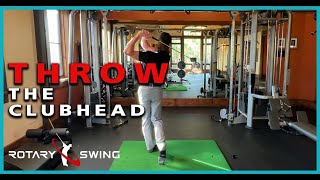







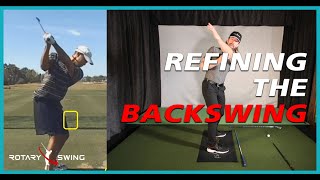







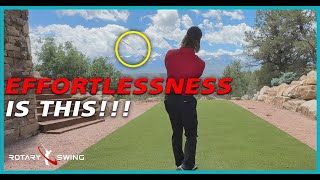
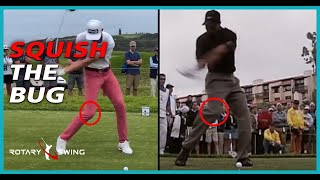
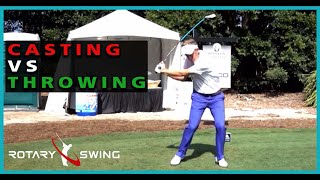



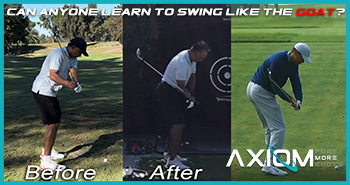


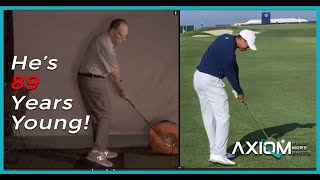



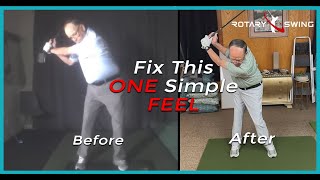











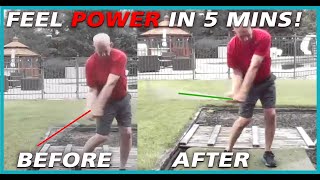


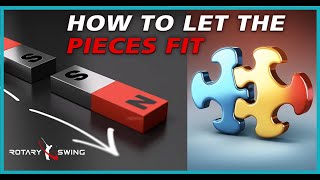

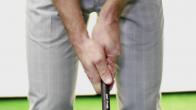




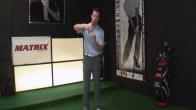











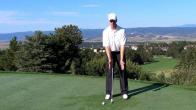

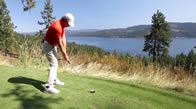



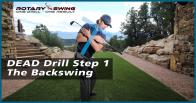

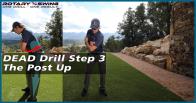










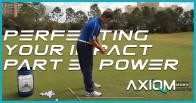











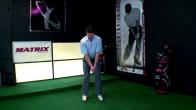



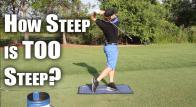


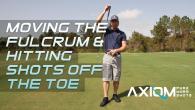



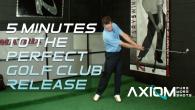

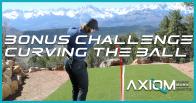






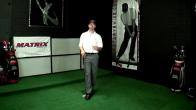









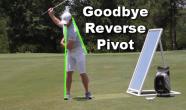





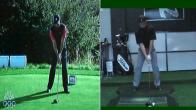



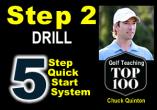






















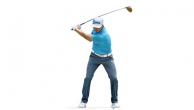
























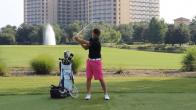








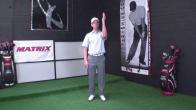




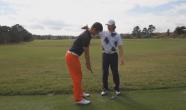





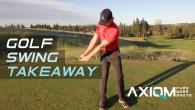









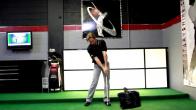



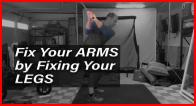


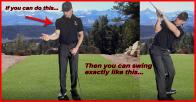




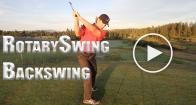

















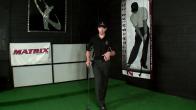





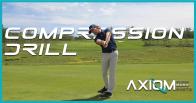
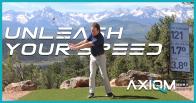
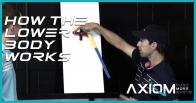












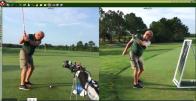






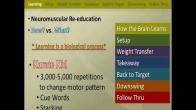
















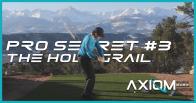

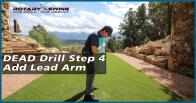


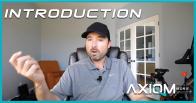

















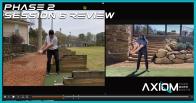







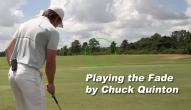










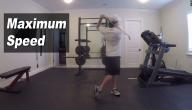

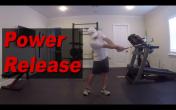
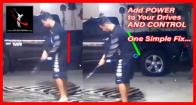


















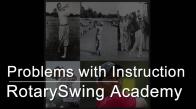



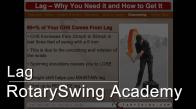



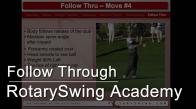






















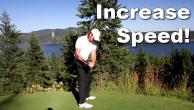



















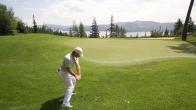





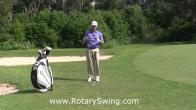



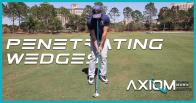







Andrew
Craig (Certified RST Instructor)
Subin
Chuck
Jens
Craig (Certified RST Instructor)
Jens
Craig (Certified RST Instructor)
Jens
Greg
Craig (Certified RST Instructor)
Bernard
Craig (Certified RST Instructor)
Shane
Craig (Certified RST Instructor)
Ted
Craig (Certified RST Instructor)
Ted
graham
Craig (Certified RST Instructor)